In order to manage anxiety, you have to turn on what’s called your “parasympathetic nervous system.” This allows you to relax, think clearly, get out of your head (where anxiety lives).
If you’re reading this, you know—at least generally—what anxiety it is. Likely, you experience it in your own life. Possibly, it’s even impacting the way you live.
Anxiety can show up in many different ways depending on the individual. Some experience physical sensations like butterflies in the tummy, increased heart rate, sweating, or feeling like there’s a lump in your throat.
It can also show up as difficulties with mood: losing your temper, feeling irritated, crying often, or feeling frustrated and self-critical. If you experience anxiety on a regular basis, it could also lead to insomnia or fatigue.
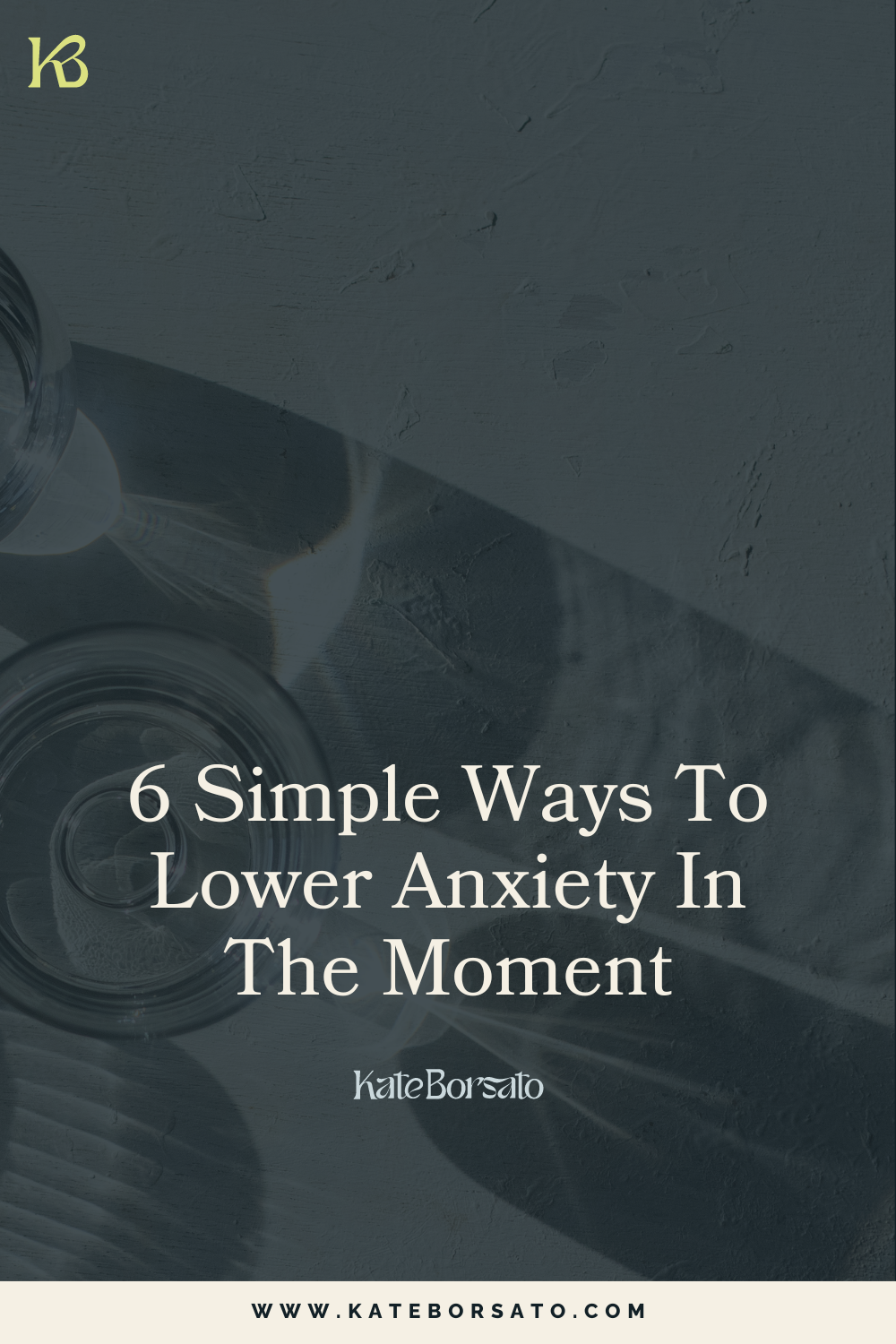
Even though it’s hard to sit with, anxiety has a purpose. It’s your body’s natural fear response that’s there to keep you and your family safe. It’s there to signal to your brain that there may be danger and that you may need to take action. That’s a good thing… however it becomes a problem when that function goes into overdrive and gets in your way.
When you’re anxious, it’s because your nervous system is detecting a threat—real or perceived. Even something like a crying baby, feeling overwhelmed, or self-critical thoughts can kick your nervous system into fight-or-flight mode. When you’re in this state, you’re not calm or clear-headed. In order to get to a place where you’re able to manage this anxiety, you have to turn on what’s called your “parasympathetic nervous system.” This is what allows you to relax, think clearly, get out of your head (where anxiety lives) and into your body.
Below I’ve described six ways to reduce anxiety when it spikes.
1. Sensory Scan
This is a quick and easy exercise where you intentionally shift your focus away from what’s bothering you and into your physical senses instead. For this practice, take a moment to run through each sense—smell, taste, sight, touch, and hearing—one at a time.
What do you notice for each?
Keep it simple by noticing three things for each sense.
What do you hear? See if you can tease apart all the different sounds around you.
What do you smell? Notice anything?
What do you feel? Could be the temperature in the room, the texture of your clothing, or the pressure from the chair or floor beneath you.
What do you see? Look around and notice what colours or patterns stand out to you. Even with your eyes closed, you can notice a colour on the back of your eyelids.
What do you taste? Lingering coffee? Or maybe nothing. Just notice.
The idea here is that mentally, you can’t be in two places at once so if you’re focusing on your physical senses, you’ll be unable to pay attention to anything else. It gives your nervous system a break from the perceived threat, and a chance to settle down into a calmer state.
2. Grounding visualization
When stuck in a cycle of anxiety or panic attack, some people say they feel disconnected, or like they’re floating. This is the opposite of feeling grounded, safe, and secure.
If this is feeling relatable, a grounding visualization can be helpful to re-establish the sense that you’re totally supported and a part of something bigger.
To do this, close your eyes and imagine yourself being grounded and completely anchored to the earth. Notice how your feet are firmly planted to the floor or soil. Think about how that is connected to the foundation of your home or earth’s center. Knowing that you are connected to something can feel comforting or soothing. When visualizing this, remind yourself that you’re still, safe, and protected.
I love to visualize how my body, at all times, is anchored to the Earth with gravity, and that I am quite literally connected through each cell of my body to the ground beneath me. I find that focusing on this connection helps me get out of my head, and into my body, and therefore feeling much calmer. Give it a try!
3. Engage one of your senses
Where the first exercise is a way to observe each of your senses briefly, this practice is about picking one and taking a deep dive to fully explore that particular sense.
Take taste for example.
Choose a tea, a favourite candy, a piece of fruit or your lunch. Refocus your attention to fully concentrate on what that tastes like and how your body reacts to the flavours you’re experiencing.
If you decide to indulge in sense of touch or feeling, take a hot shower or go sit outside in the sun. What happens when you notice the sun’s rays on your face?
It’s up to you which sense you want to explore. Some people might feel more connected to taste, while others might feel calmed by the smell of essential oils.
Again, the idea is to bring mindful awareness into the moment, into your actual experience rather than focusing on whatever is causing you anxiety.
Tap this image to learn more about my FREE Anxiety Guide
4. Deep belly breathing
Deep belly breathing is actually the fastest way to calm anxiety, signal to your nervous system that you’re ok, and bring yourself to that state where your parasympathetic nervous system is turned on.
When you’re stressed out, panicking, or anxious, you’re usually breathing shallowly (as in, into your chest). That makes matters worse by maintaining this physiological state of danger. We want to tell your brain that you’re in fact totally safe.
Breathing in a deep and calming way is a means of signalling to your brain that you’re safe and in turn, your nervous system will calm down.
When deep breathing, one way to improve your technique is to place one hand on your chest, with the other one on your belly. As you breathe in, you should notice that only the hand on your belly moves up and down. If the hand on your chest is moving, you need to breathe in even deeper, allowing your belly to expand fully before letting it all go and noticing your belly coming back in.
5. Trace your fingers as you breathe
When focusing on deep breathing, some can find it helpful to have an aid or visual. If you’re someone who needs a bit more structure to a practice than simply deep breathing, using the outline of your fingers as a guide can be a useful tool. (This also helps you to engage your sense of touch so in a way, you’re combining two anti-anxiety practices.)
Here’s how to do this:
Start on the outside of your left pinky. As you breathe in, trace up along the side of your finger. When you breathe out, trace downwards on the other side. Do this for both sides of each finger of your hand breathing in and tracing up, breathing out and tracing down.
Your job is to bring mindful awareness to the sensations you’re experiencing, focusing on each finger, and noticing your breath.
6. Mini progressive muscle relaxation
This is a popular strategy used to divert focus from anxious, stressed, or worried thinking. The only problem with this technique is that it can be time consuming to focus on every single muscle group in your body.
A mini version can be just as effective when you’re trying to calm anxious feelings in the moment.
For this simpler version, pick one group of muscles (like your hands, arms or legs, for example). What you want to do is go back and forth between tensing and releasing for five seconds at a time.
So if you’re focusing on your hands, make a first and squeeze for five seconds and then release and totally relax for the next five.
The point of this exercise is to pay really close attention to what it feels like when you’re stressed or physically tense, versus how it feels to be completely relaxed. This helps you get into your body and be more mindful of when you’re physically carrying tension in anxious moments (i.e. with a clenched jaw, tight tummy, or hunched shoulders).
Anxiety is a very real and can be a challenging problem to be dealing with. The good news is that with time and practice you too can manage your anxiety.
Make sure to follow along over on Instagram as I share lots of free support and validation.

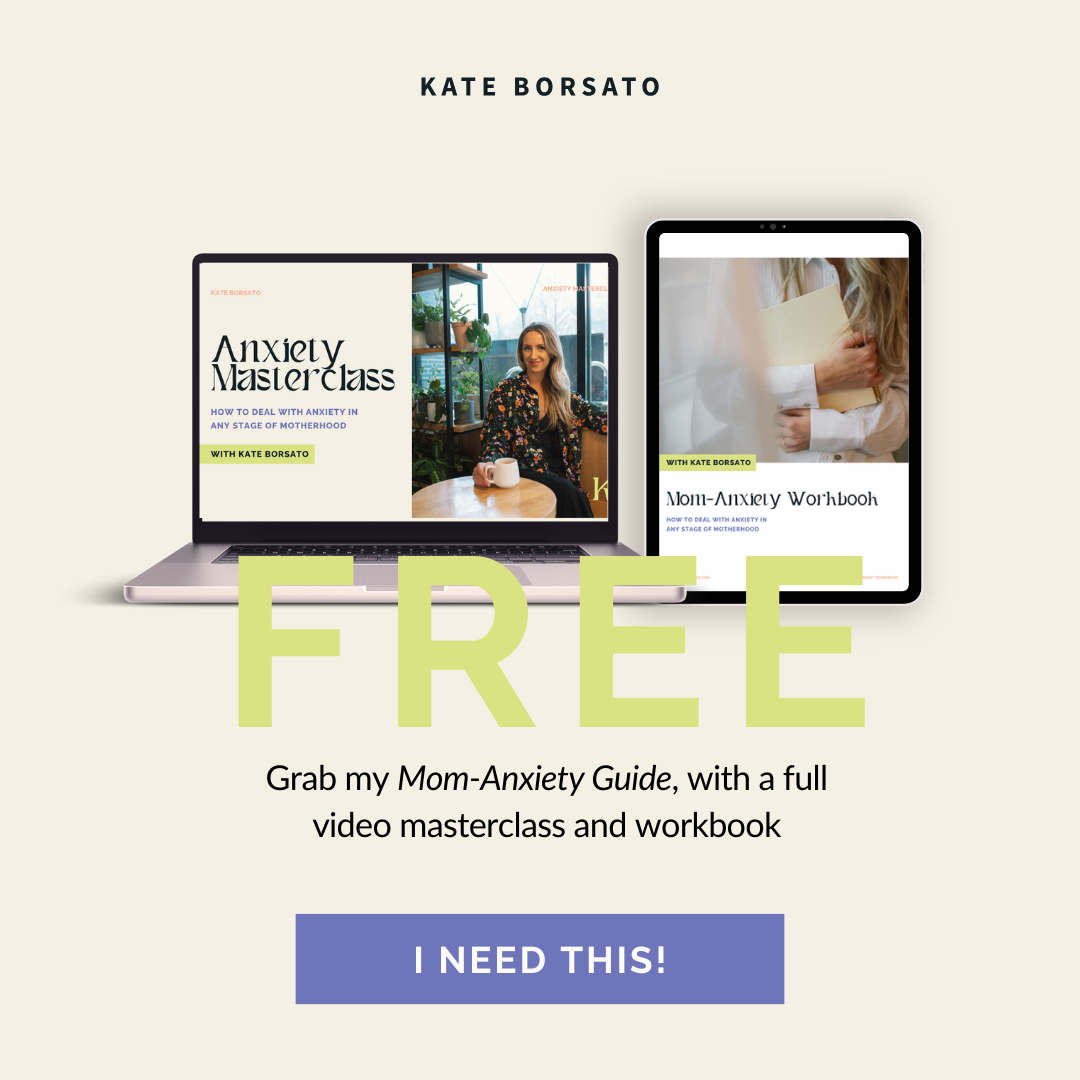


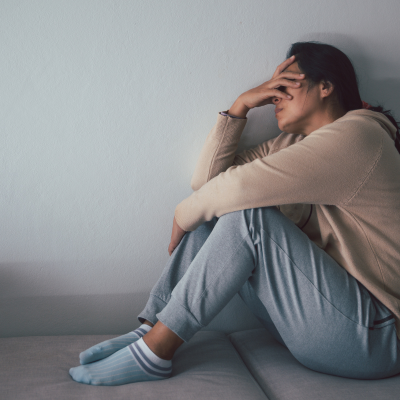
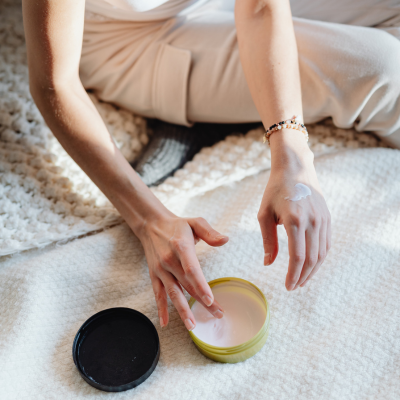

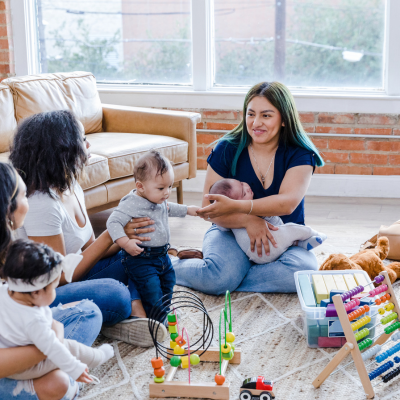

Comments +